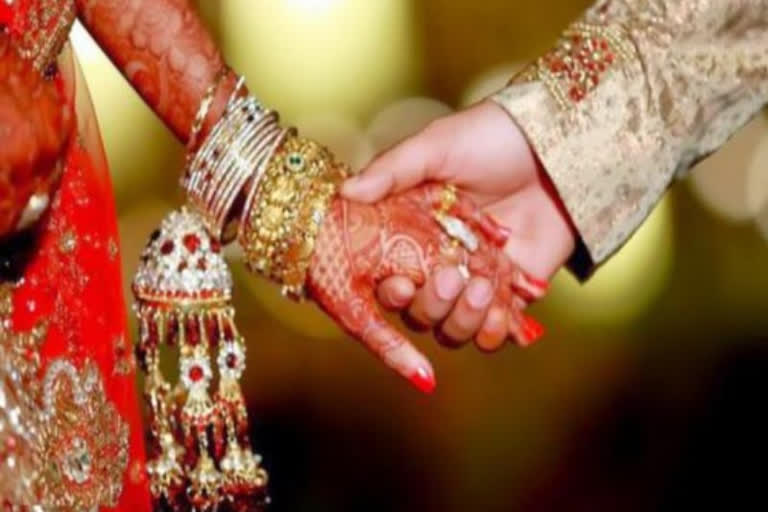New Delhi: Increasing the legal age for the marriage of women has enormous benefits on social and economic fronts including lowering Maternal Mortality Ratio (MMR), improvement of nutrition levels and more opportunities for women to pursue higher education and careers, according to a research note by SBI Ecowrap released on Thursday.
It said increasing the marriage age will push the mean marriage age higher and will lead to more females doing graduation and hence improving the female labour force participation ratio. As per its estimations, the percentage of females doing graduation will increase by at least 5-7 percentage points from the current level of 9.8 per cent.
"On social front, this will lead to social benefits like lowering Maternal Mortality Ratio (MMR) as well as improvement of nutrition levels while on financial front opportunities will be opened up for women to pursue higher education and careers and become financially empowered, thus resulting in a more egalitarian society in thinking," the report said.
Highlighting that the mean marriage age in India is already at 22.3 years and an increase in marriage age will be notional in nature, the SBI Ecowrap report noted that there is a need for change in the mindset of people regarding female education and marriage.
"Still, 35 per cent of females in India are married before the age of 21 years. The situation is grave in some states. Surprisingly, the situation in West Bengal is the worst across all states with the mean marriage age only 20.9 years and almost 47 per cent of females getting married before the age of 21 years, even worse than Bihar and Rajasthan," the report said.
It said both men and women will gain economically and socially by marrying when they are more than the legal age, but added that the urge of the women is much higher as they always get a higher payoff by becoming financially empowered to take decisions.
Read more: Govt warns Twitter over J&K map issue
"Coming to the social impact of early marriage, this has an adverse impact on the health of mother as well as child. If we look at the data on maternal deaths, it shows that the maximum proportion of maternal deaths occur in the lower age bracket," the report said.
"India's maternal mortality ratio has improved to 113 in 2016-18 from 130 in 2014-2016, however, it is still far below the United Nations Sustainable Development Goals target of 70 per 1,00,000 live births," it added.
The report pointed out that out of 19 major states, seven states have maternal mortality rate higher than the national average and the number stands at six and 11 respectively in case of infant mortality rate and stillbirth rate.
It said that Uttar Pradesh has the highest maternal mortality rate in the country, while Madhya Pradesh and Odisha have the worst performance in case of infant mortality rate and stillbirth rate respectively. When compared globally, in India, anemia is present amongst 51.4 per cent of women in reproductive age, as against the world average of 32.8 per cent, it said.
Noting that Prime Minister Narendra Modi in his Independence Day speech had announced that the government will soon take a decision on the age of marriage of women, the report said India is on the verge of increasing the legal age of marriage of women from 18 years.
The SBI Ecowrap, in its report, said it was recently reiterated signaling at a possibility of the legal age of marriage for women to be raised from 18 soon and welcomes any such decision.
(ANI Report)



